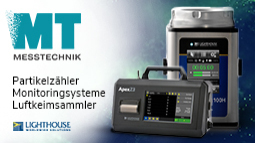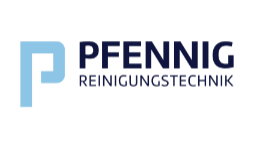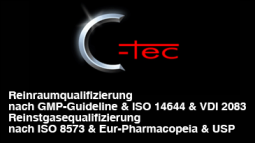ESA and the European Commission awarding OHB System AG a contract for a further eight navigation satellites
OHB System AG was awarded a contract to produce additional eight navigation satellites for the Galileo programme.
Signed today, the contract is worth EUR 324 million. This will increase the number of Galileo FOC satellites supplied by OHB to a total of 30, of which the first 14 are already in orbit.
“This procurement from OHB will enable to complete the Galileo constellation and have reserves both in-obit and on-ground. The 30 satellites added to the 4 IOV satellites now bring the necessary infrastructure robustness that is essential for the provision of Galileo services world-wide. We are looking forward to work once more with OHB in the next phase” stated Paul Verhoef, ESA’s Director of Satellite Navigation.
“I am very pleased that after delivering 22 satellites under the first two contracts OHB has now also retained the confidence of ESA and the European Commission in the third bid. We are proud of being able to make such a crucial contribution to this major European project that will be providing so many people around the world with valuable services,” said Marco Fuchs, CEO of OHB-System AG, after signing the contract in Paris on June 22nd, 2017.
Continuation of the proven satellite design
“Our modular satellite design is outstanding and has proven itself with superb results. A large part of the satellites that we have already assembled have demonstrated their full functional capability in space. For this reason, there will be no major changes to the design of the eight new satellites. At this stage, we are working on the basis of a first launch date in 2020,” says Dr. Wolfgang Paetsch, director of navigation at OHB System AG, who previously oversaw the development of the first and second satellite batch.
In its capacity as the producer of the satellite platform and the system manager, OHB is responsible for the satellite design and platform, integration and verification. In addition, it will be providing support during the launch preparations and in-orbit verification.
Successful partnerships to be continued
OHB will be able to rely on proven partnerships and subcontractors. As with the previous two contracts, the OHB UK partner Surrey Satellite Technology Ltd. (SSTL) has contributed also to this successful offer with the navigation payloads.
Management Board member Dr. Ingo Engeln, who is responsible for OHB System AG’s institutional space projects, is pleased to be able to continue production of the satellites. “Our proven processes and structures, the seven assembly islands in Bremen, the corresponding facilities at the other integration and testing sites and, not least of all, the highly trained teams at participating companies provide an ideal basis for expanding the satellite constellation swiftly.” This together with the modular design of the satellites will ensure that a pair of two satellites can be delivered within three months after the pair of satellites delivered before.
Shaping the future
Obviously, OHB wants to continue contributing to this beneficial project in the future. In Bremen, it is already working on designs for the next-generation Galileo satellites. In various studies for ESA, the engineers are exploring new materials and components and further services to be provided by the next generation. Needless to say, they are incorporating the experience gained from engineering and producing the previous navigation satellites. In this way, OHB can contribute proposals for the design of the next-generation satellites and offer the customer the benefits of the unique experience that it has gained from the successful first series.
About the Galileo European navigation system
The Galileo* European navigation system has its roots in a resolution by the European Union to create a new type of infrastructure for Europe. In its final configuration, the system will comprise 24 operational navigation satellites located on three planes as well as various ground stations, together with a number of spares.
The constellation will permit global positioning and navigation as well as support an international search and rescue service (COSPAS-SARSAT). Navigation signals will be broadcast in two frequency bands: The Open Service (OS) will be free for anyone to access with a corresponding receiver. The encrypted Commercial Service (CS) will be available for a fee and offer an enhanced accuracy via additional signals. The encrypted Public Regulated Service (PRS) offers heightened integrity and robustness against jamming and is targeted primarily at security authorities (police, military, etc.) and safety-critical transport applications.
*) The FOC (full operational capability) phase of the Galileo program is being funded by the European Union. The European Commission and the European Space Agency ESA have signed a contract under which ESA acts as the development and sourcing agency on behalf of the Commission. The views expressed here do not necessarily constitute the positions of the European Union and ESA. "Galileo" is a registered trademark owned by the EU and ESA under the HABM application number 002742237.
OHB System AG
82234 Oberpfaffenhofen
Germany












